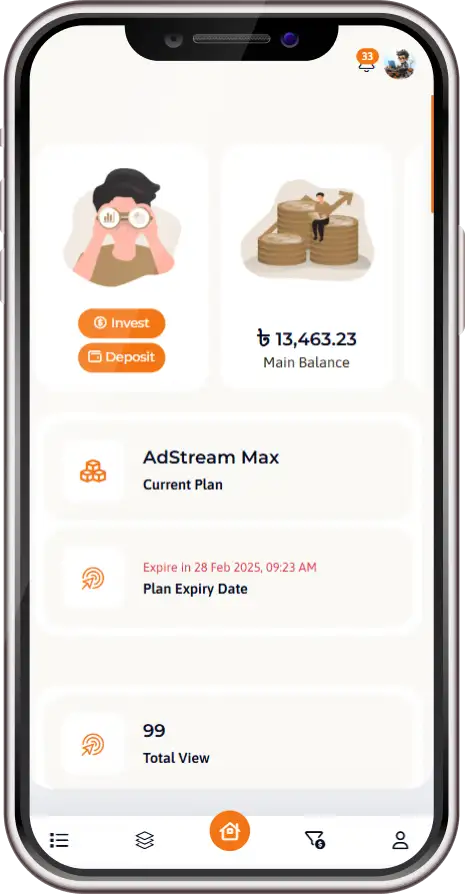
Different Types Of Blockchain And Why We Need Them
Different Types of Blockchain and Why We Need Them*
Blockchain technology has evolved far beyond its original use case in cryptocurrencies like Bitcoin. Today, different types of blockchains serve various purposes, from public decentralized networks to private enterprise solutions. But why do we need multiple blockchain types? And how do they differ?
In this post, we’ll explore the *four main types of blockchains*, their unique features, and why each one plays a crucial role in the future of decentralized technology.
---
## *1. Public Blockchains (Permissionless)*
### *What Are Public Blockchains?*
Public blockchains are *open, decentralized networks* where anyone can join, participate, and validate transactions. Examples include *Bitcoin (BTC)* and *Ethereum (ETH)*.
### *Key Features:*
✔ *Fully decentralized* – No single entity controls the network.
✔ *Transparent* – All transactions are publicly verifiable.
✔ *Secure* – Uses Proof of Work (PoW) or Proof of Stake (PoS) for consensus.
✔ *Permissionless* – Anyone can mine, transact, or run a node.
### *Why Do We Need Them?*
Public blockchains are ideal for:
- *Cryptocurrencies* (e.g., Bitcoin, Ethereum).
- *Decentralized applications (DApps)*.
- *Trustless, censorship-resistant transactions*.
---
## *2. Private Blockchains (Permissioned)*
### *What Are Private Blockchains?*
Private blockchains are *restricted networks* controlled by a single organization. Only authorized participants can join. Examples include *Hyperledger Fabric* and *R3 Corda*.
### *Key Features:*
✔ *Centralized control* – Managed by a single entity.
✔ *Faster transactions* – Fewer nodes mean higher efficiency.
✔ *Privacy-focused* – Transaction details are hidden from the public.
✔ *Permissioned access* – Only approved users can participate.
### *Why Do We Need Them?*
Private blockchains are best for:
- *Enterprise solutions* (e.g., supply chain tracking).
- *Banking & financial institutions*.
- *Internal business processes requiring privacy*.
---
## *3. Consortium Blockchains (Semi-Decentralized)*
### *What Are Consortium Blockchains?*
A *hybrid between public and private, consortium blockchains are governed by a **group of organizations* rather than a single entity. Examples include *Quorum* (J.P. Morgan) and *Energy Web Chain*.
### *Key Features:*
✔ *Partially decentralized* – Controlled by a select group.
✔ *More secure than private blockchains* – Multiple validators reduce single-point failure risks.
✔ *Balances transparency & privacy* – Some data is public, some is restricted.
### *Why Do We Need Them?*
Consortium blockchains are useful for:
- *Industry collaborations* (e.g., banks, healthcare).
- *Cross-company supply chain management*.
- *Regulated sectors needing shared control*.
---
## *4. Hybrid Blockchains*
### *What Are Hybrid Blockchains?*
Hybrid blockchains *combine elements of public and private* chains, allowing selective transparency. Example: *Dragonchain*.
### *Key Features:*
✔ *Customizable access* – Some data is public, some is private.
✔ *Scalable & flexible* – Balances decentralization with efficiency.
✔ *Interoperability* – Can connect with other blockchain types.
### *Why Do We Need Them?*
Hybrid blockchains are great for:
- *Government records* (public verification with private data).
- *Healthcare systems* (secure patient data with audit trails).
- *Real estate transactions* (public ownership records with private details).
---
## *Conclusion: Why Multiple Blockchain Types Matter*
Each type of blockchain serves a different purpose:
🔹 *Public* → For decentralization & trustless transactions.
🔹 *Private* → For businesses needing control & privacy.
🔹 *Consortium* → For industries requiring shared governance.
🔹 *Hybrid* → For flexible, partially transparent systems.
As blockchain adoption grows, we’ll continue to see innovations across all four types—each solving unique challenges in finance, governance, and beyond.
*Which blockchain type do you think will dominate the future? Let us know in the comments!* 🚀
---
*Enjoyed this post? Follow @CamClickProfits for more blockchain insights!*






